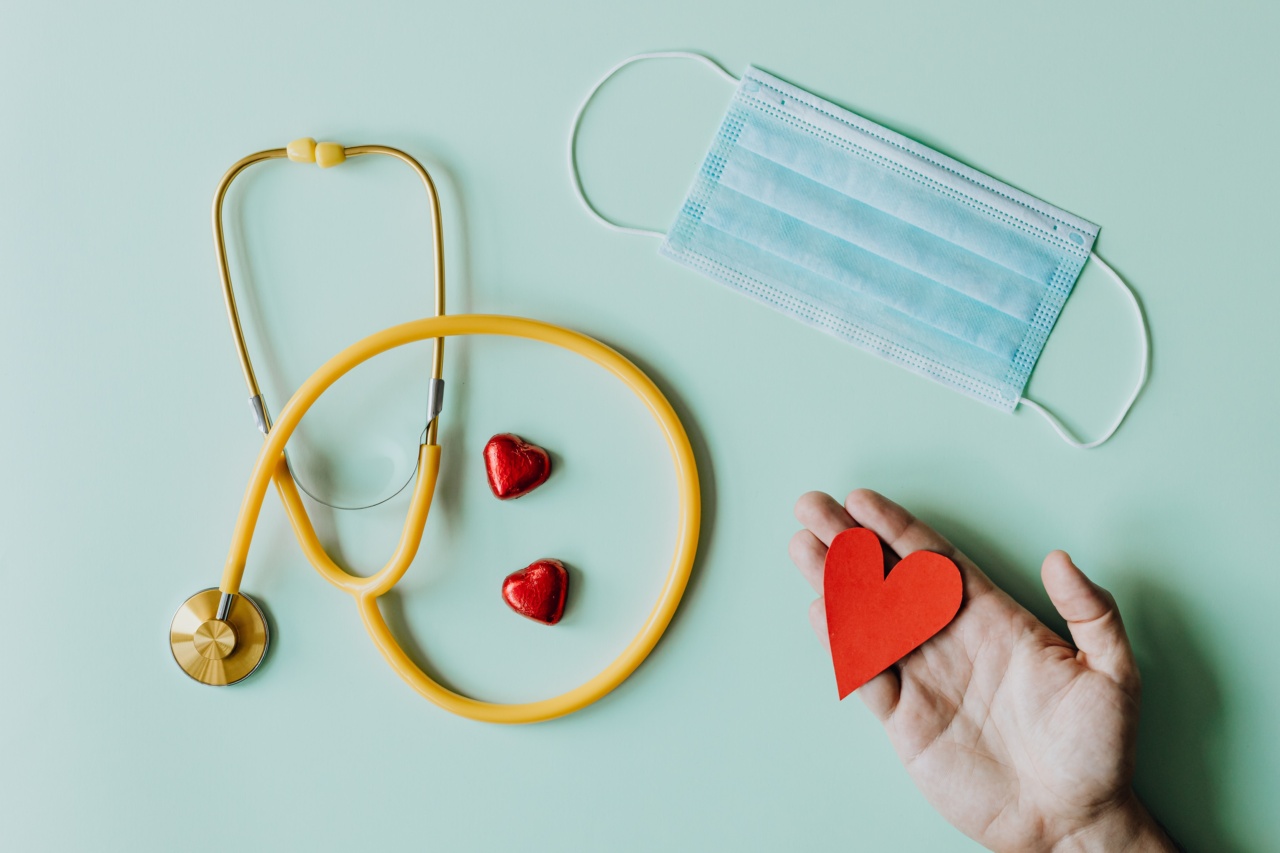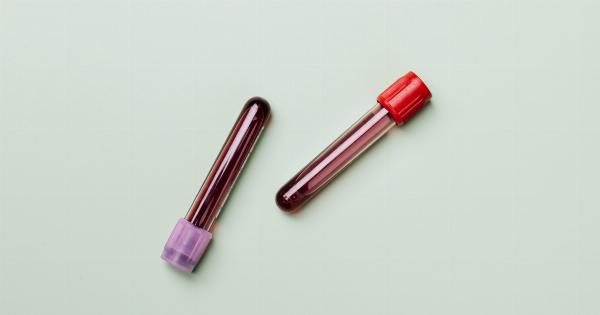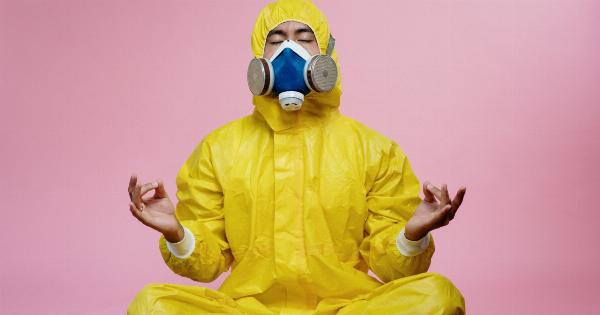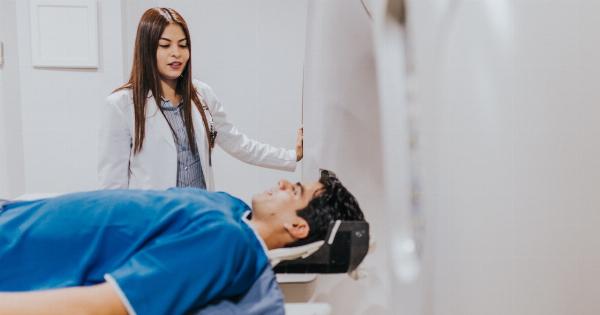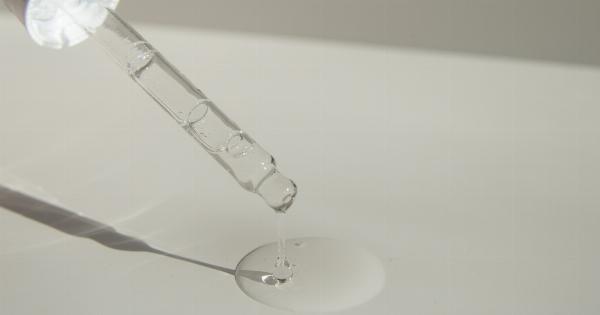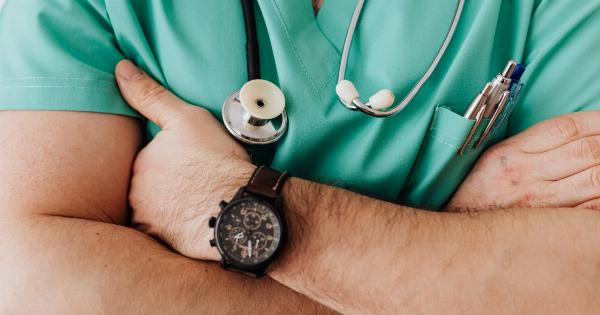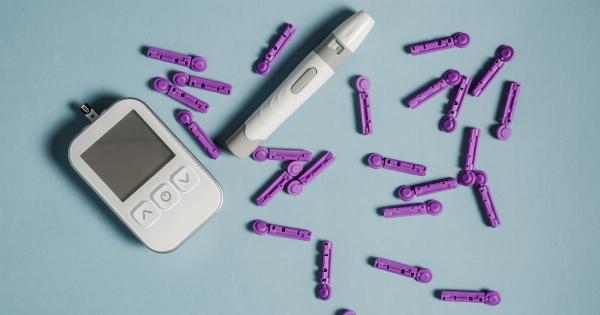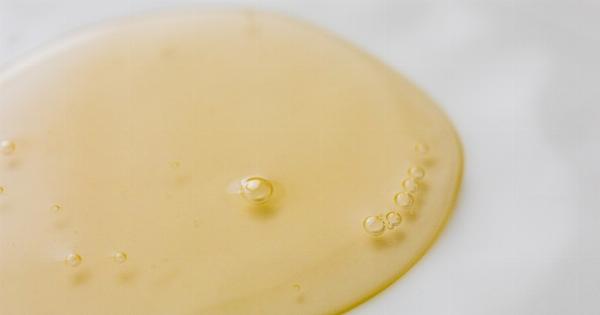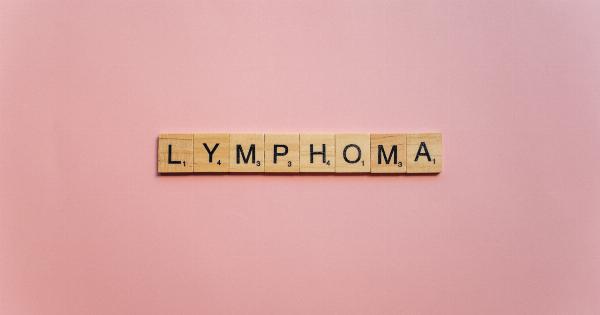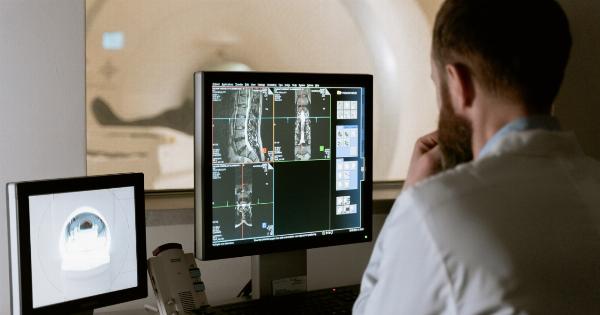There are several types of exams that are used to detect sexually transmitted diseases (STDs), including:.
1. Blood tests
Blood tests are used to detect the presence of antibodies that the body produces in response to an infection. Antibodies are proteins that the immune system produces to identify and fight off foreign substances, such as bacteria and viruses.
Blood tests can identify antibodies to several different STDs, including:.
- HIV
- Syphilis
- Hepatitis B and C
2. Urine tests
Urine tests can detect the presence of bacteria or viruses that cause STDs. These tests are often used to diagnose chlamydia and gonorrhea. Samples of urine are collected and sent to a laboratory for analysis.
3. Swab tests
Swab tests involve collecting a sample of bodily fluid or tissue from the affected area. This can include swabbing the inside of the mouth, the genitals, or the rectum. The samples are then sent to a laboratory for analysis.
Swab tests can be used to detect several STDs, including:.
- Chlamydia
- Gonorrhea
- Herpes
- Human papillomavirus (HPV)
4. Physical exams
A physical exam involves a healthcare professional looking for signs of STDs on the body. This can include examining the genitals, anus, and mouth.
During a physical exam, a healthcare professional may also take samples for testing, such as collecting a urine sample or swabbing the inside of the mouth or anus.
5. Pap tests
Pap tests are used to screen for cervical cancer, but they can also detect HPV, which is a common cause of genital warts and can lead to cervical cancer.
During a Pap test, a healthcare professional collects cells from the cervix and sends them to a laboratory for analysis.
6. Rapid tests
Rapid tests involve using a sample of blood, urine, or swab to detect an STD on-site quickly. Rapid tests may use a variety of techniques, including antigen detection or nucleic acid amplification.
They may be used in settings such as clinics, emergency rooms, or outreach programs.
7. Home testing kits
Home testing kits are available for several STDs, including HIV and chlamydia. These kits allow people to collect samples at home and send them to a laboratory for analysis. Results are often available online or by phone.
8. Rectal and throat tests
Rectal and throat tests are used to detect STDs that can be transmitted during anal or oral sex. These tests involve collecting samples of bodily fluid or tissue from the affected area. Samples are then sent to a laboratory for analysis.
9. Saliva tests
Saliva tests are used to detect HIV, and they involve collecting a sample of saliva with a swab or brush. The sample is then sent to a laboratory for analysis.
10. Whole blood tests
Whole blood tests are used to detect STDs that can be transmitted through contact with blood. These tests involve collecting a sample of whole blood and sending it to a laboratory for analysis.
Whole blood tests can detect STDs such as HIV and hepatitis B and C.
Conclusion
There are many different types of exams that can be used to detect sexually transmitted diseases.
Depending on the type of STD being tested for, healthcare professionals may use blood tests, urine tests, swab tests, physical exams, Pap tests, rapid tests, home testing kits, rectal and throat tests, saliva tests, or whole blood tests. Anyone who is sexually active should get regular STD testing, regardless of whether they have symptoms. Getting tested is the most effective way to prevent the spread of STDs and to ensure that any infections are diagnosed and treated promptly.
